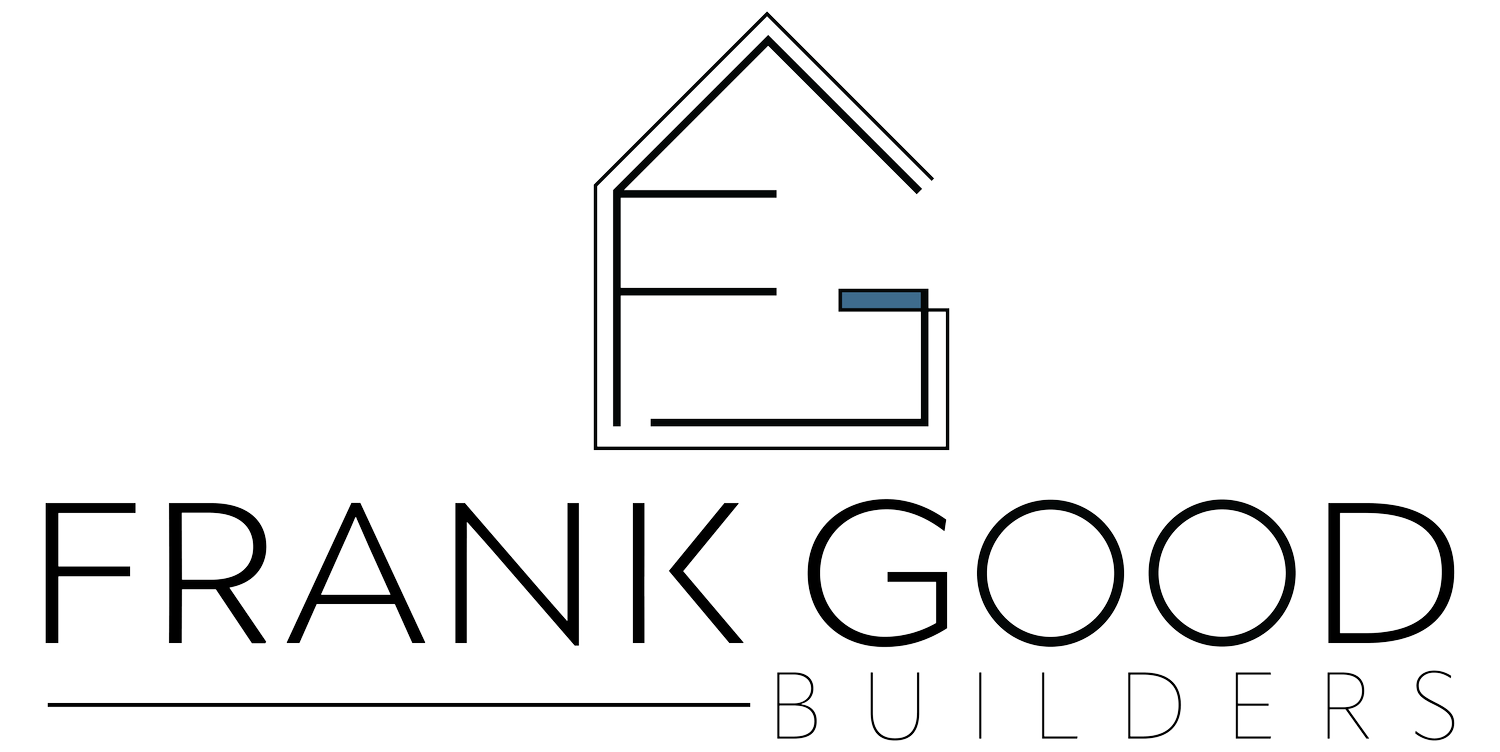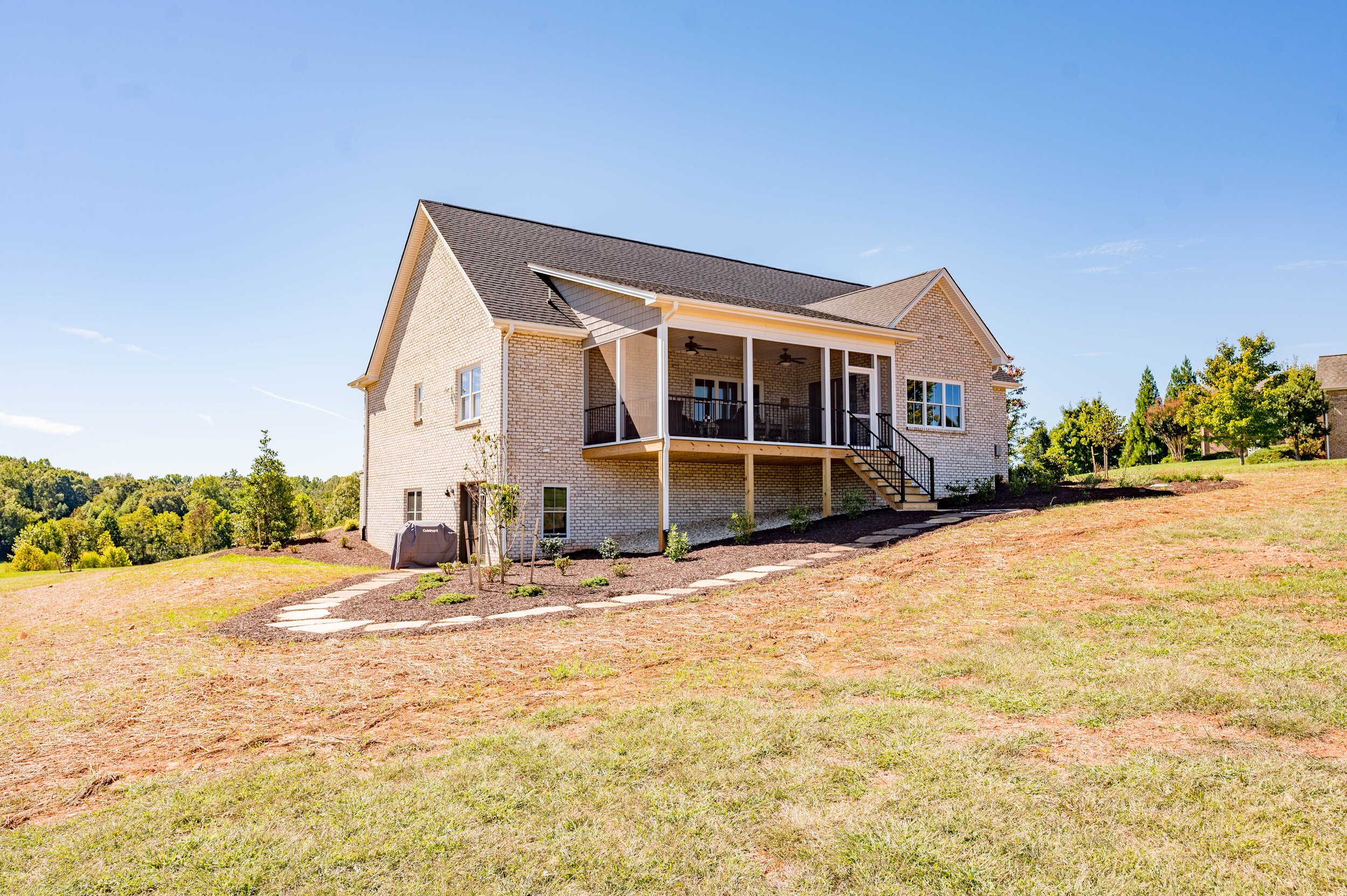Designing Your Custom Home for Maximum Curb Appeal: A Guide for Homeowners
Creating a custom home that exudes curb appeal is an exciting prospect for any homeowner. From the initial design stage to the finishing touches, every detail plays a crucial role in crafting an eye-catching and welcoming exterior. As you embark on the journey of building your dream home, it's essential to consider the importance of curb appeal and its impact on your property's value and overall aesthetic. In this blog, we will explore key design elements and strategies that can help you achieve maximum curb appeal. Whether you're in Virginia or beyond, these tips will assist you in creating a visually stunning home that reflects your unique style and personality!
The Classic Pearl Custom Design by Frank Good Builders.
Finding the Right General Contractor
To kickstart your custom home building project, it's crucial to find a reliable general contractor. Look for reputable general contractors near you who specialize in custom home construction. Trusted professionals, like Frank Good Builders, can offer their expertise and guide you through the entire process. They will ensure that your vision for a stunning exterior becomes a reality while maintaining quality craftsmanship and timely completion.
Maximizing Design with 3D Renderings
One of the most effective ways to visualize your custom home's exterior is through 3D renderings. Collaborate with your general contractor and utilize their 3D rendering services. These detailed digital representations allow you to experiment with various design elements, color palettes, and materials before finalizing your choices. By incorporating 3D renderings into the design process, you can make informed decisions and ensure that your home's exterior has the desired curb appeal.
Tailoring the Design to Your Location
Consider the specific region where you're building your custom home, such as Virginia. Virginia custom builders, like those in Lynchburg, Forest, Amherst, or Monroe, have extensive knowledge about local architectural styles, climate considerations, and zoning regulations. Collaborating with experienced home builders in these areas ensures that your design harmonizes with the surrounding environment while adhering to local guidelines.
We would love to custom build your home on a lot you already own or help you find the perfect lot for your family. Currently, Frank Good Builders is building within 45 minutes of our office in Forest, VA. This can include Lynchburg City, Bedford, Amherst, Nelson, Campbell and Appomattox county.
Choosing the Right Materials and Finishes
The materials and finishes you select significantly impact the curb appeal of your custom home. Opt for high-quality, durable materials that complement the architectural style you desire. Work closely with your general contractor to choose siding options, roofing materials, windows, doors, and decorative elements that enhance the overall aesthetic. Consider incorporating stone accents, attractive trim details, and visually appealing textures to add depth and character to your home's exterior.
Paying Attention to Landscaping
A well-designed landscape enhances the curb appeal of any home. Collaborate with landscaping professionals to create a harmonious outdoor space that complements your custom home's design. Incorporate elements such as vibrant flower beds, well-maintained lawns, and strategically placed trees and shrubs. Consider installing an inviting pathway leading to your front entrance and add exterior lighting to illuminate your home's best features.
Prioritizing Energy Efficiency
Incorporating energy-efficient features into your custom home not only benefits the environment but also adds to its overall appeal. Discuss energy-efficient options with your general contractor, such as insulation, windows, and appliances that reduce energy consumption. These eco-friendly elements will not only contribute to your home's curb appeal but also save you money on energy bills in the long run.
Conclusion
Designing a custom home with maximum curb appeal is an exciting endeavor. By partnering with reputable general contractors and focusing on essential design elements, you can create a visually stunning home that stands out in your neighborhood. Remember to tailor your design to the location, choose materials and finishes wisely, enhance your landscape, prioritize energy efficiency.







